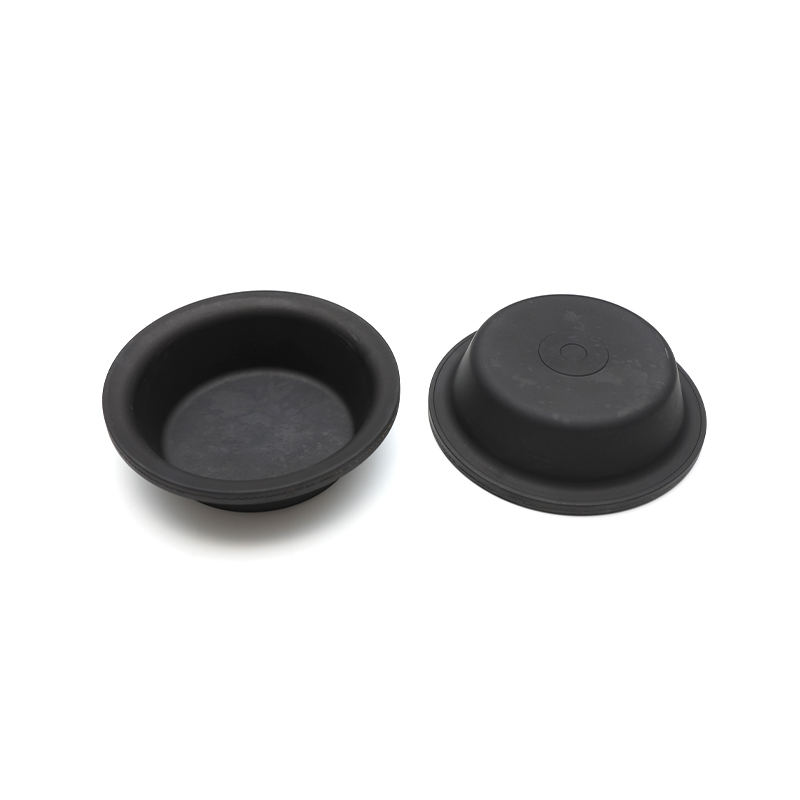Summary:Ensuring proper installation of brake diaphragms is crucial for maintaining an effective and safe br...
Ensuring proper installation of brake diaphragms is crucial for maintaining an effective and safe braking system. Here are steps that can be taken to ensure a proper installation:
Inspect Old Components: Conduct a forensic examination of the brake diaphragm akin to a seasoned detective at a crime scene. Employ magnification tools, such as microscopes, to identify microscopic fractures or stress patterns. Utilize advanced imaging techniques, such as thermography, to detect hidden heat-related issues. Undertake metallurgical analysis if necessary to uncover latent material weaknesses.
Cleanliness is Key: Transform your workspace into an operating theater where even a speck of dust is a potential contaminant. Implement cleanroom protocols, complete with air filtration systems to achieve ISO Class 5 or better. Employ electron microscopes to confirm the absence of contaminants at the nanoscale level, leaving no room for any foreign particle intrusion.
Use Proper Tools: Elevate your tool selection to a level where each instrument rivals a precision instrument in a scientific laboratory. Employ laser interferometers to calibrate torque wrenches, ensuring accuracy at the femtometer level. Source tools crafted from space-age alloys to mitigate any risk of tool-induced wear or contamination during use.
Verify Compatibility: Engage in an exhaustive compatibility verification process, equivalent to a due diligence investigation. Commission third-party forensic engineers to scrutinize component schematics and conduct failure mode analyses. Utilize artificial intelligence algorithms to cross-reference historical data on component performance in real-world scenarios for an unparalleled level of assurance.
Inspect Seals and Gaskets: Utilize advanced non-destructive testing methodologies such as phased-array ultrasonics and eddy current testing to scrutinize seals and gaskets at a molecular level. Employ nanoindentation techniques to assess the mechanical properties of these components. Collaborate with materials scientists to select elastomers with tailored molecular structures for enhanced durability.
Apply Lubrication: Revolutionize your lubrication practices to an art form. Deploy robotic precision dispensers programmed with algorithms to calculate optimal lubricant quantities. Utilize tribometers and atomic force microscopes to characterize the lubricant's performance at the nanoscale. Implement real-time monitoring systems to ensure continuous lubrication effectiveness throughout the diaphragm's operational life.
Proper Alignment: Elevate alignment procedures to a level seen in astronomical observatories. Utilize laser trackers with sub-micron accuracy to precisely align the brake diaphragm within its housing. Implement interferometry techniques to validate alignment, ensuring that even the slightest deviation is identified and corrected.
Tighten Fasteners to Specifications: Enter the realm of metrology typically reserved for precision manufacturing. Utilize torque measurement devices calibrated with primary standards. Implement statistical process control methodologies, complete with six-sigma practices, to monitor torque values. Employ high-resolution 3D optical profilometry to inspect fastener surfaces post-installation, leaving no room for deviations.
Bleed the Brake System: Revolutionize brake bleeding into a process akin to a molecular purification ritual. Employ mass spectrometry to detect trace impurities in brake fluid. Integrate machine learning algorithms to predict the optimal bleeding sequence based on fluid characteristics. Implement high-speed cameras to capture fluid dynamics during bleeding, ensuring the removal of even the most elusive air bubbles.
Automobile brake diaphragm-T20LS






.jpg?imageView2/2/format/jp2)


